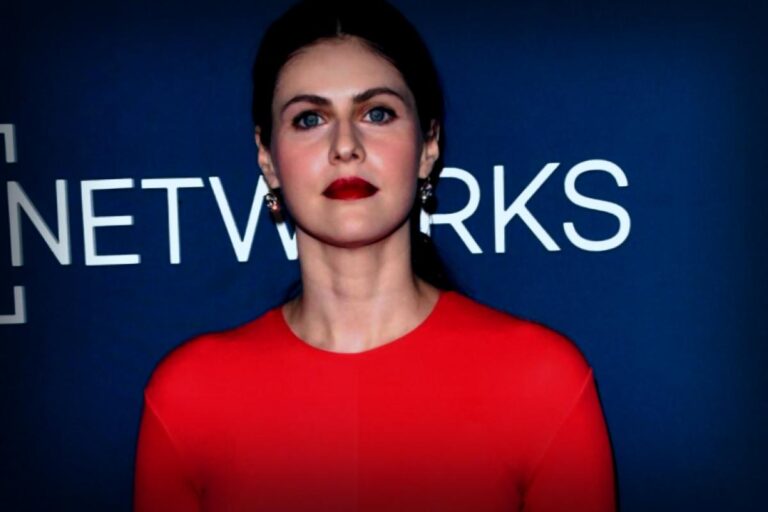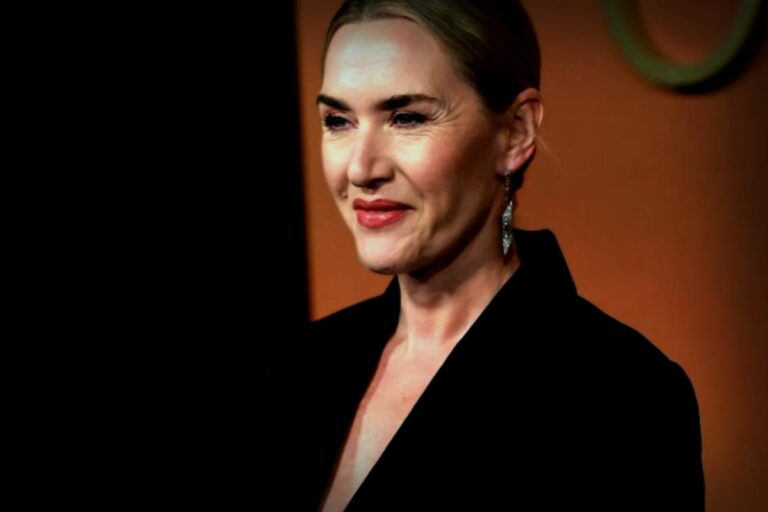The world of wellness has exploded with trendy diets and fitness routines aimed at promoting health and happiness—from vibrant green juices to high-end infrared saunas. But not everyone is buying into this hype, especially older generations. While these fads may take over social media, many older adults are wising up and stepping back.
So, why the resistance? It’s not so much indifference; rather, these folks are thoughtfully considering what genuinely supports their health, drawing from personal experience and practical needs. Let’s dive into some of the wellness trends older adults are opting out of, alongside approaches they find more effective.
1. Juice Cleanses and Detox Diets
Despite their presence on Instagram, juice cleanses often miss the mark for older adults. These cleanses usually mean giving up solid foods completely and sticking to juices for days, which just isn’t practical. For those managing their diets due to health issues or medication, this approach is more harmful than helpful.
Moreover, many view the necessity for an external “cleanse” with skepticism. Our bodies have kidneys and livers that handle detoxification just fine, thank you very much. Instead of pricey juices, older individuals tend to favor nutritious meals that sustain them in the long run—like a warm bowl of soup.
A Better Alternative
Instead of going to extremes, older adults often choose to nourish themselves with hearty, wholesome dishes that include colorful vegetables, whole grains, and lean proteins. Who needs a $10 juice when life can be this delicious?
2. Hot Yoga and Trendy Fitness Classes
Hot yoga or fancy combo classes like aerial barre may seem appealing to younger folks, but older adults are often wary of these high-risk activities. Engaging in intense workouts in heated studios isn’t just risky; it can lead to dehydration or joint pain if one isn’t careful. Add in the intimidation in unfamiliar surroundings, and these settings can feel unwelcoming.
Instead, many older adults gravitate towards classic, low-risk forms of exercise that respect their physical limits. They prioritize sustaining an active lifestyle over jumping on every trendy workout bandwagon.
A Better Alternative
Activities like walking groups, water aerobics, or tai chi are favorites among older folks. These gentle exercises boost cardiovascular health without putting undue strain on their bodies—plus, they foster community among participants.
3. The Overload of Wearable Tech
With the multitude of fitness trackers, smartwatches, and sleep sensors flooding the market, older adults often find themselves overwhelmed. For many, troubleshooting and updating these gadgets can turn into a chore instead of an enhancement for their lifestyle.
Beyond that, there’s the bewildering barrage of data. Constantly monitoring steps or sleep may not translate into the kind of healthier living they’re hoping for. For many, simply paying attention to how they feel is more valuable than checking metrics from a wristband.
A Better Alternative
Instead of obsessing over tracking, many decide to keep it simple: a peaceful walk in the park or a good night’s sleep is their idea of self-care, no apps needed.
4. Extreme Diets
The diet craze barely slows down. Keto, paleo, intermittent fasting—while young people might find these regimes enticing for quick health boosts, many older individuals regard them with caution due to differing nutritional needs. Older adults particularly prioritize maintaining their bone density, muscle mass, and energy levels, which sometimes don’t align with restrictive eating patterns.
Plus, let’s face it: pleasure matters. After all, life’s too short to pass on desserts forever! For older generations, dining isn’t just about fuelling up; it’s usually a cherished shared experience.
A Better Alternative
Listening to their bodies, older adults aim for balance in meals without extreme eliminations, rewarding themselves with a wholesome selection of food choices.
5. High-Priced Wellness Treatments
Services like cryotherapy, infrared laser therapies, and exclusive retreats often are easy dismissals for older adults, especially since they often come with high price tags. Having lived through numerous wellness trends, they’ve developed a knack for weighing the real benefits against the marketing hype. If it sounds too extravagant, it’s probably worth questioning.
As a result, instead of indulging in costly treatments, they shift their focus towards practices that really work.
A Better Alternative
Everyday activities like stretching, relaxing through massage, or simply spending quality time outdoors become the favored methods for older adults. These activities are easily accessible and provide genuine relaxation without breaking the bank.




















